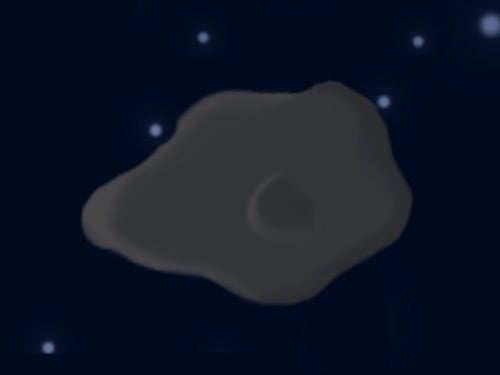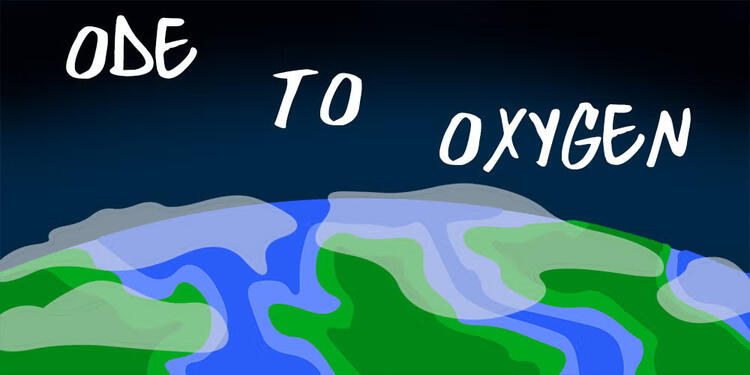Ask An Earth and Space Scientist
Ask An Earth and Space Scientist is an educational resource for students, teachers, parents, and life-long learners. We encourage anyone interested in earth and space to make use of its content.

Asteroids and Comets
When people think of objects in the solar system, they might think about planets first. But there are so many other objects in space to explore.

Rough and Smooth Lava
The surface of lava can appear smooth, rough, jagged, and sometimes like a pile of construction rubble. What are the stories behind these surface features and how did they form?

Humans: IN SPACE
Space exploration is an adventure unlike anything else. Discover the history and future of humans in space to learn how you could be a part of it.

Meteorites: Space Rocks!
Meteorites are rocks from space, often from asteroids, Mars, or even the Moon. Join us on a journey through space and time, as we explore meteorites.

